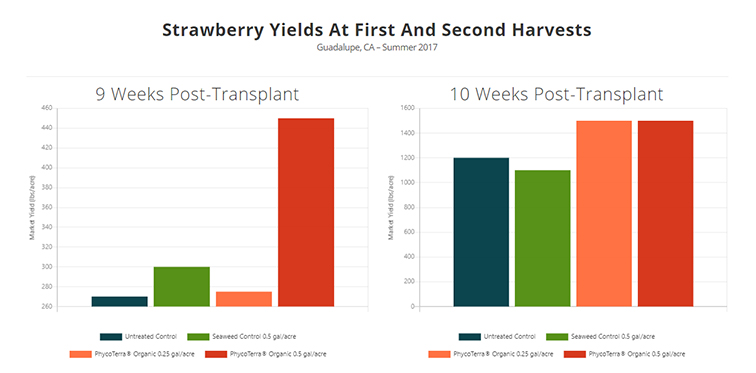Tomatoes Are Source Of Salmonella Outbreak In Restaurant Chain
The Minnesota Department of Health (MDH) and the Minnesota Department of Agriculture (MDA) have identified tomatoes as the source of the Salmonella Newport outbreak that has sickened dozens of people who ate at Chipotle restaurants in Minnesota since late August.
Investigators are working with state and federal partners to trace the tomatoes back to the farm of origin.
Since the outbreak was reported last week, additional illnesses have been confirmed by MDH. A total of 64 cases now have been linked to the outbreak. Nine people have been hospitalized; all are recovering.
Meal dates for the cases range from Aug. 16 to Aug. 28 and people became ill between Aug. 19 and Sept. 3. The cases range in age from 10 to 69 years and are from 13 metro counties and several greater Minnesota counties.
“We expected to see additional cases because it can take up to 10 days for symptoms of Salmonella to appear, another few days to a week before people go to their doctors and the cases get reported to us,” MDH Epidemiologist Dana Eikmeier said. “However, there is no longer a risk of Salmonella from this particular product at Chipotle.”
The company has switched suppliers for its tomatoes and implicated product was removed from stores.
Click here for more information on how to manage food safety risk on the farm.
Source: Minnesota Department of Health










